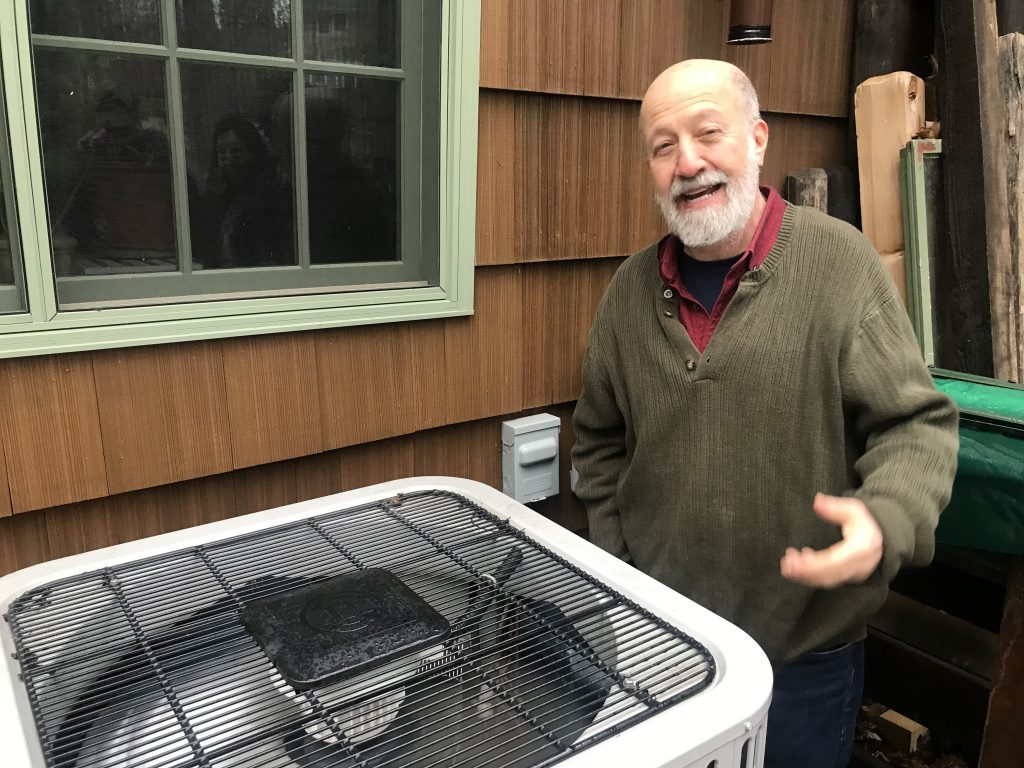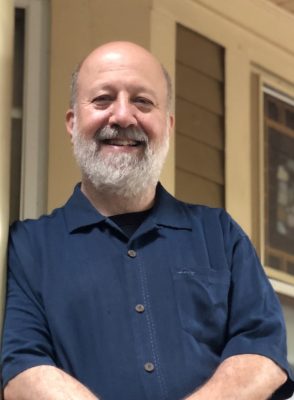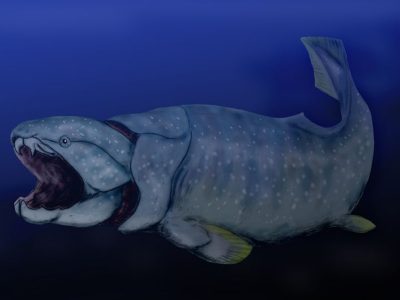Peter Wirth has a two-fold strategy when it comes to renovating his home.
The Brooklyn, New York, native has called Central New York home for more than 40 years. Nestled on a quiet cul-de-sac in Fayetteville, New York, the 1960s-era Craftsman house he shares with his wife, daughter and their cat “Spice” not only features many attractive upgrades in aesthetics and design, but most importantly cuts back on their climate footprint with every improvement plan and project.
“I think what probably got me on the path was I believe in science,” says Wirth, co-founder of the Climate Change Awareness & Action group. “I’m trying to remove or reduce our consumption of fossil fuels in the house.”
Wirth keeps energy efficiency at the center of his home upgrades, generating his own renewable energy with rooftop solar panels, and getting his hot water on demand through an updated tankless water heater. His sustainability goals led him to make one of his biggest home upgrades yet—adding an air-sourced heat pump to his natural gas furnace, creating a hybrid heating and cooling system that runs much more efficiently.
“I think once you go to an electric heat pump, you’d never think about doing a gas furnace again,” says Wirth.
Getting more people to consider heat pumps for their homes and businesses has been a mission point for Ian Shapiro, professor of practice in the College of Engineering and Computer Science and the associate director of Building Science and Community Programs at the Syracuse Center of Excellence in Environmental and Energy Systems. He launched his mechanical engineering career more than three decades ago with designing heat pumps.
Systems That Heat and Cool
While the word heat can lead people to limit the technology to only its warming effect, these systems work to both heat and cool structures.
Shapiro says heat pumps work by moving heat from the outdoor air to the indoor space, similar to how a refrigerator moves heat from the inside to the outside. The heating and cooling system uses electricity to move heat rather than generating it directly. Even on a cold Central New York day with an outdoor temperature below freezing, the pump can effectively pull warm air from the outdoors to heat the inside of a home or building.
“That free outdoor heat is renewable,” Shapiro says. “And much of the electricity is carbon free from sources such as hydroelectricity and solar. If New York state meets its goals by 2040, it will all be clean electricity.”
Residence as a Living Lab
Wirth opened his home to Shapiro’s graduate mechanical engineering students as a “living lab” to execute research questions and learn directly from homeowners about the real-world implications of heat pump technology. The collaboration has proven fruitful for researchers and Wirth. Syracuse researchers were able to identify ways to make his heat pump and home more efficient, and the hands-on work will help students in their professional fields.
“Syracuse has been an ideal place to study heat pump performance in cold climates and older homes,” says mechanical and aerospace engineering Ph.D. student, Sameeraa Soltanian-Zadeh ’26. “These field studies help bridge the gap between lab-tested efficiency and real-world performance.”
“As more buildings transition from traditional fossil fuel heating systems to heat pumps, improving their operational efficiency will be crucial,” says Ji Zhou ’28, another Ph.D. student in the Department of Mechanical and Aerospace Engineering, who plans to work in a heat pump research lab post-graduation.
New York state is rapidly transitioning to heat pumps, with requirements for all new buildings to use electric heat and appliances by 2026 and all existing buildings by 2030. Shapiro estimates there are more than 100,000 heat pumps currently in use in New York state. He anticipates more growth in the years to come as fossil-fuel powered energy becomes more expensive.
For homeowners like Wirth, finding ways to cut down on carbon consumption and reduce greenhouse gases is a personal mission now powering his home and his life.
“For me to recommend to other people to do things without doing them myself, I just can’t do it,” says Wirth. “It would feel hollow. I need to walk the talk.”
Video captured, edited and produced by Amy Manley, senior multimedia producer




